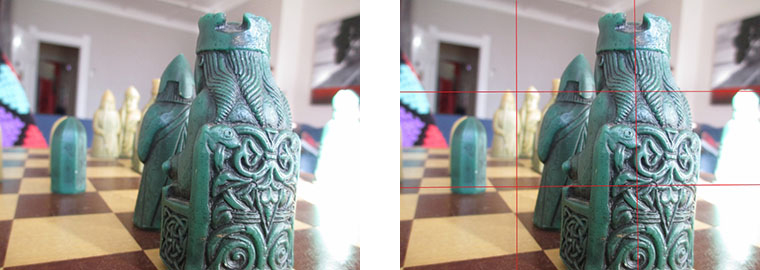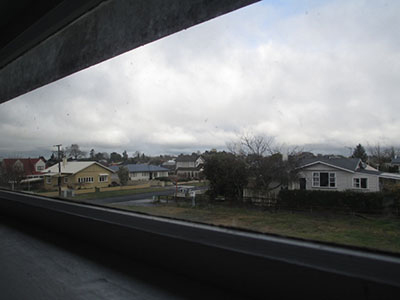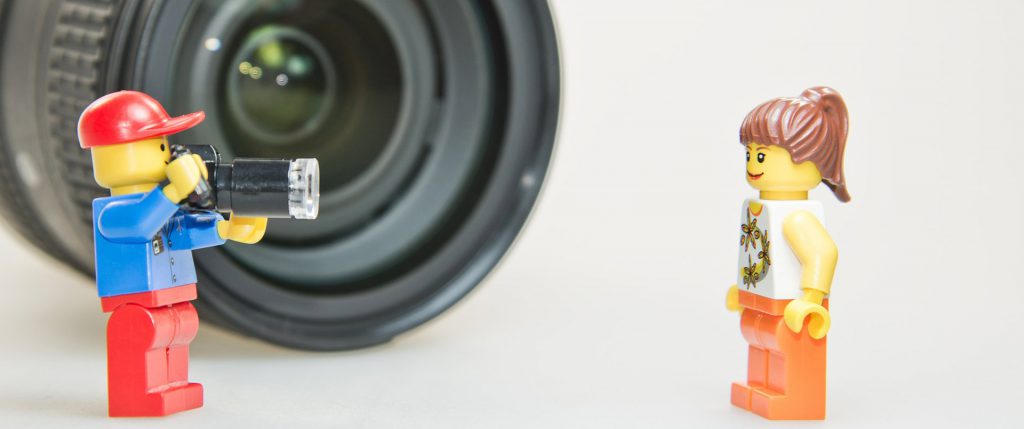What is Basic Composition Photography?
Basic composition photography refers to the arrangement and positioning of elements within a frame when capturing an image. It is one of the most important skills a photographer can learn because it directly affects how a viewer experiences the image. Whether you’re capturing landscapes, portraits, products, or street photography, composition determines the visual balance, emotional impact, and storytelling of your photo.
Think of composition as the “architecture” of your shot. Just like a well-designed building guides people’s eyes and movement, a well-composed photograph guides viewers through the frame. For example, a sunset behind a city skyline might be more impactful when captured horizontally to emphasize the breadth of the cityscape. At the same time, a lone tree against a glowing sky can feel more dramatic when viewed in a vertical orientation.
By understanding and practicing basic composition photography, you’ll learn how to frame your subject with intention instead of leaving it to chance.
Basic Photography Composition Rules
1. Rule of Third

The Rule of Thirds is one of the most fundamental composition techniques in photography. Imagine dividing your frame into a 3×3 grid, three horizontal and three vertical sections. Place your subject along one of the lines or at a point where they intersect. It creates a natural visual balance, keeping the image from feeling too static.
Most cameras and smartphones have a built-in grid overlay, making it easy to apply this rule in real-time.
2. Keep the Background Simple

A cluttered background can pull attention away from your main subject. Use a plain wall, simple fabric, or a shallow depth of field (with a blurry background) to keep the focus exactly where you want it. It is essential for product photography, portraits, and macro shots.
Read Also: How to Change Color on Image Background
3. Framed Scene

Using natural or artificial elements as frames helps guide the viewer’s eye directly to your focal point. It could be a window, an archway, tree branches, or even shadows. It adds depth and a sense of place to your image.
4. Emphasize a Dominant Subject

You can choose one primary subject and make it stand out. You can achieve this through scale (making it larger than other elements), sharp focus, or color contrast. Everything else in the frame should subtly support that primary focus.
5. Use Leading Lines
Lines naturally direct the viewer’s gaze. Roads, rivers, fences, bridges, or even the curve of a shoreline can lead the eye toward your subject. Diagonal and converging lines often create a sense of movement and energy.

6. Play With Contrast and Opposition
Contrast can be achieved through color (warm vs. cool), light (bright vs. shadowy), or texture (smooth vs. rough). It makes your subject pop and adds depth to your image. High contrast can create drama, while low contrast can give a softer, calmer mood.

7. Go For a Close-Up Composition
Zoom in to highlight textures, emotions, or product details. It is especially powerful for food, macro, and product photography where you want every detail to shine.

8. Experiment With View Point
Instead of always shooting at eye level, change your angle. Try photographing from above for a flat lay, from below for a towering effect, or from an unexpected side angle. Unique perspectives make everyday subjects feel fresh and interesting.

9. Foreground Interest
Placing an object in the foreground can add depth and dimension to your shot. For example, shooting a mountain with flowers in the foreground creates a layered composition that draws the viewer in.
10. Negative Space
Sometimes, less is more. Negative space is the empty area around your subject. It allows your main element to “breathe” and draws attention to it. Clean skies, open water, or a blank wall can all be used to great effect.
9. Foreground Interest
Placing an object in the foreground can add depth and dimension to your shot. For example, shooting a mountain with flowers in the foreground creates a layered composition that draws the viewer in.
10. Negative Space
Sometimes, less is more. Negative space refers to the empty area surrounding your subject. It allows your main element to “breathe” and draws attention to it. Clean skies, open water, or a blank wall can all be used to significant effect.
Why Basic Composition Photography Matters
Mastering basic composition photography is about more than following rules, it’s about learning how to see. It trains your eye to notice balance, symmetry, and storytelling opportunities. A well-composed photo doesn’t just look good; it feels intentional and communicates your vision.
Even the best lighting and camera equipment cannot compensate for poor composition. By combining strong composition with proper exposure, focus, and post-production editing, you’ll elevate your photography to a professional level.
Suppose you want to push your images even further. In that case, professional photo retouching services, like those offered by Dropicts, can help refine details, enhance colors, and ensure every shot looks flawless. Whether you’re capturing portraits, products, or landscapes, good composition is the foundation of a great photo. With practice, it will become second nature.
But great composition is just one part of the process. Post-production plays a massive role in turning good shots into exceptional ones. If you’re looking for professional-quality results, Dropicts offers top-tier photo retouching services to elevate your work even further.
Image Source:


